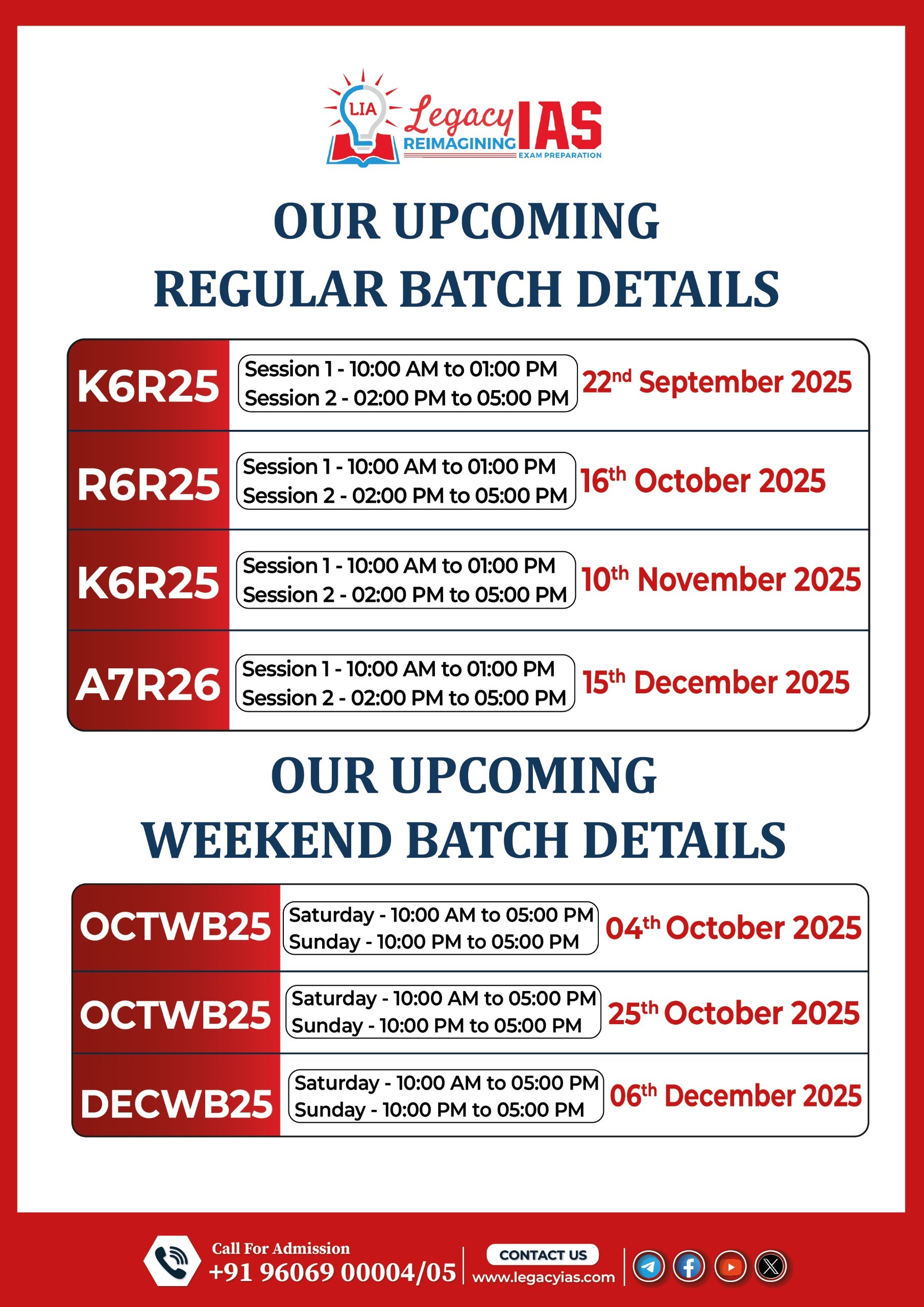Context:
World Health Organisation (WHO) has released Air Quality Database 2022, which shows that Almost the entire global population (99 %) breathes air that exceeds WHO’s air quality limits.
Relevance: GS III- Environment and Ecology
Dimensions of the Article:
- Highlights of Air Quality Database 2022
- About WHO’s Global Air Quality Guidelines (AQGs) 2021
- India’s National Air Quality Index (AQI)
- Suggestions to improve Air quality
- About WHO
Highlights of Air Quality Database 2022
- The World Health Organization (WHO) has collected ground measurements of annual mean nitrogen dioxide concentrations for the first time (NO2). It also contains measurements of Particulate Matter with diameters of 10 m or less (PM10) or 2.5 m (PM2.5) (PM2.5).
- As a result of the findings, WHO has emphasised the significance of reducing fossil fuel consumption and implementing other concrete efforts to lower air pollution levels.
- More than 6,000 cities in 117 nations now monitor air quality, yet residents continue to breathe harmful amounts of small particulate matter and nitrogen dioxide, with individuals in low and middle-income countries being exposed the most.
- Up to 2,000 more cities and human settlements are now recording particulate matter, PM10 and/or PM2.5, ground monitoring data.
- Since the database was created in 2011, there has been an almost sixfold increase in reporting.
- Meanwhile, the evidence base for the harm caused by air pollution to the human body is fast developing, pointing to significant impairment caused by even low levels of several air contaminants.
- Particulate matter, particularly PM 2.5, has the ability to penetrate deep into the lungs and enter the bloodstream, causing Cardiovascular, Cerebrovascular (stroke), and Respiratory Effects.
- NO2 is linked to respiratory diseases, particularly asthma, resulting in respiratory symptoms (such as coughing, wheezing, or difficulty breathing), hospitalizations, and emergency room visits.
- In the 117 nations that monitor air quality, 17 percent of cities in high-income countries have air quality that falls below WHO’s PM 2.5 or PM 10 guidelines.
- In low- and middle-income nations, air quality is only met in less than 1% of cities, according to WHO guidelines.
About WHO’s Global Air Quality Guidelines (AQGs) 2021
- WHO’s Global Air Quality Guidelines (AQGs) outlines the recommended air quality levels to protect the health of populations based on the latest scientific evidence from across the world.
- In 2021 WHO announced limits for six pollutant categories —particulate matter (PM) 2.5 and 10, ozone (O3), nitrogen dioxide (NO2) sulphur dioxide (SO2) and carbon monoxide (CO) – and tightened global air pollution standards.
- WHO’s latest move in 2021 tightening norms sets the stage for eventual shifts in policy in the government towards evolving newer stricter standards. I.e., this will soon become part of policy discussions — much like climate targets to reduce greenhouse gas emissions keep getting stricter over time.
- Once cities and States are set targets for meeting pollution emission standards, it could lead to overall changes in national standards.
- The move doesn’t immediately impact India as the National Ambient Air Quality Standards (NAAQS) don’t meet the WHO’s existing standards.

India’s National Air Quality Index (AQI)
- The National Air Quality Index (AQI) was launched in New Delhi in 2014, under the Swachh Bharat Abhiyan.
- The Central Pollution Control Board along with State Pollution Control Boards has been operating National Air Monitoring Program (NAMP) covering 240 cities of the country having more than 342 monitoring stations.
- An Expert Group comprising medical professionals, air quality experts, academia, advocacy groups, and SPCBs was constituted and a technical study was awarded to IIT Kanpur.
- IIT Kanpur and the Expert Group recommended an AQI scheme in 2014.
- The continuous monitoring systems that provide data on near real-time basis are installed in New Delhi, Mumbai, Pune and Ahmedabad.

Understanding the scale
- There are six AQI categories, namely Good, Satisfactory, Moderately polluted, Poor, Very Poor, and Severe.
- The proposed AQI will consider eight pollutants (PM10, PM2.5, NO2, SO2, CO, O3, NH3, and Pb) for which short-term (up to 24-hourly averaging period) National Ambient Air Quality Standards are prescribed.
- Based on the measured ambient concentrations, corresponding standards and likely health impact, a sub-index is calculated for each of these pollutants.
- Likely health impacts for different AQI categories and pollutants have also been suggested, with primary inputs from the medical experts in the group.


Suggestions to improve Air quality:
- Adopt or amend national air quality standards in accordance with the most recent WHO Air Quality Guidelines and put them into effect.
- Air quality should be monitored and pollution sources should be identified.
- Encourage people to switch to clean energy for cooking, heating, and lighting in their homes.
- Build public transportation systems that are both safe and cheap, as well as networks that are favourable to pedestrians and cyclists.
- Enforce higher car emissions and efficiency regulations, as well as required vehicle inspection and maintenance.
- Invest in energy-efficient houses and alternative energy sources.
- Increase the efficiency of industry and municipal waste management.
About WHO
- The World Health Organization (WHO) is a specialized agency of the United Nations responsible for international public health.
- It is headquartered in Geneva, Switzerland.
- Its main objective is ensuring “the attainment by all peoples of the highest possible level of health.”
- The WHO’s broad mandate includes advocating for universal healthcare, monitoring public health risks, coordinating responses to health emergencies, and promoting human health and well-being.
- The World Health Assembly (WHA), composed of representatives from all 194 member states, serves as the agency’s supreme decision-making body.
-Source: Indian Express



